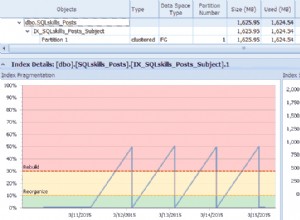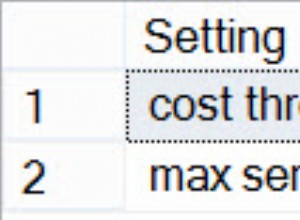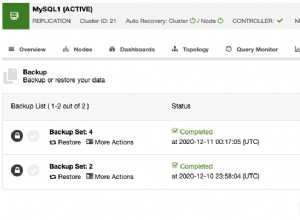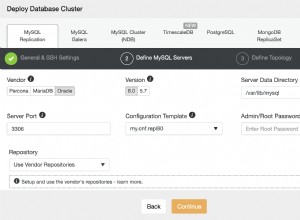Ich würde vorschlagen, das gesamte Polygon als Geometrietyp zu speichern. Wenn/wenn Sie es in Geographie "konvertieren" müssen, verwenden Sie die Geographiemethoden STNumPoints und STPointN, um die einzelnen Punkte nacheinander zu extrahieren und sie entsprechend umzuwandeln.
Apropos Konvertierung, in welchem Format liegen Ihre Daten jetzt vor? Ich sehe dort keine Lat/Long-Informationen, aber vielleicht übersehe ich etwas.
Bearbeiten:Hier ist eine Lösung, die ich gerade codiert habe.
use tempdb;
create table tally (i int not null);
with
a as (select 1 as [i] union select 0),
b as (select 1 as [i] from a as [a1] cross join a as [a2]),
c as (select 1 as [i] from b as [a1] cross join b as [a2]),
d as (select 1 as [i] from c as [a1] cross join c as [a2]),
e as (select 1 as [i] from d as [a1] cross join d as [a2])
insert into tally
select row_number() over (order by i) from e
create unique clustered index [CI_Tally] on tally (i)
create table ace (g geometry)
insert into ace (g)
values (geometry::STGeomFromText(<<your polygon string here>>, 0));
select i, g.STPointN(t.i), g.STPointN(t.i).STAsText()
from ace as [a]
cross join tally as [t]
where t.i <= g.STNumPoints()




